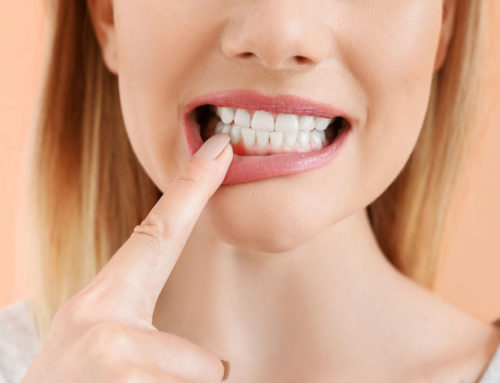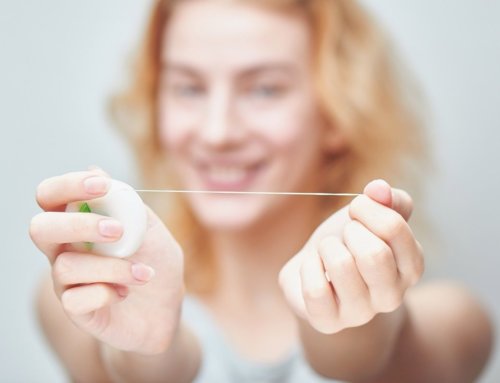When most people hear the words “how often do you floss” from their hygienist, a flood of excuses as to why they haven’t (or can’t) floss, run through their minds. I can guarantee you that any reason or excuse you can think of in that split second, we will have heard a thousand times! This quick guide on how to floss will help you becoming a flossing pro and overcome those excuses!
Flossing is one of those things that you know you should do but even though it takes a couple of minutes a day, it just can’t find its way into your daily routine.
Why do we need to floss?
Dental floss helps to prevent gum disease by getting rid of pieces of food and plaque from between your teeth. Plaque is a sticky substance made of bacteria. If it builds up, the bacteria can irritate the gums and cause inflammation of the gums (gingivitis) if left can then start to destroy bone (periodontitis). It’s vital that you floss to prevent plaque and gum disease. It keeps your teeth and gums healthy for years to come. Flossing also helps maintain composite and porcelain veneers, keeping them fresh and healthy.
How to Floss
- Cut off a section of floss about 45cm (18 inches) long. Wind it around the middle fingers of each hand.
- Grip the floss with your thumb and forefinger of each hand so that the floss between your hands is about 2.5-5cm (1-2 inches) long. Pull it tight so you can insert the floss in a gap between two teeth.
- Gently guide the floss up and down against the sides of the teeth making a C shape cupping the tooth and under the gumline.
- Use a circular movement with your fingers as you use the floss. This will help you to floss under the gumline without causing any damage.
- Unwind a fresh section of floss for each tooth, winding the used floss onto the middle finger of your other hand as you go along.
- Repeat this process for the next gap, along the side of the next tooth.
- Make sure you floss between every single tooth. Working to a pattern round the whole of your mouth makes it less likely that you’ll miss out any teeth.
- Remember to floss the side of the teeth at the back of your mouth.
- Then dispose of the used floss.
Alternatives to Flossing?
If flossing really isn’t for you then don’t worry, there are alternatives out there!
- If you have tight contacts between your teeth, you could try a tape instead of a floss, tape doesn’t break or snag as easily as floss.
- Glides have a plastic handle with a piece of dental tape attached to it, to make cleaning between your teeth less fiddly. Just remember to rinse between each tooth.
- Interdental Brushes, look like little bottle brushes and come in different sizes, to fit most gaps. Interdental brushes need to create friction between the teeth to remove the plaque effectively, so you may need a few different size brushes to fit the different spaces between your teeth.
- Waterpik and Airflosser are basically a jet washer system for teeth, they works by squirting high pressure water or water and air between your teeth, this blasts the plaque and food debris out from each space.
Next time you are searching for an excuse as to why you haven’t flossed, why not ask about the alternatives instead!
What do you find hardest about flossing? Let us know in the comments!





